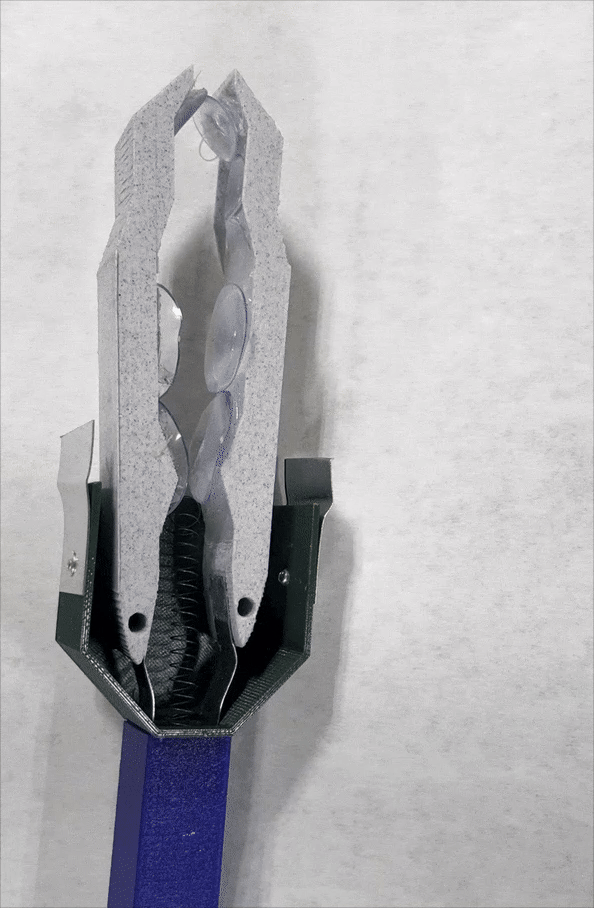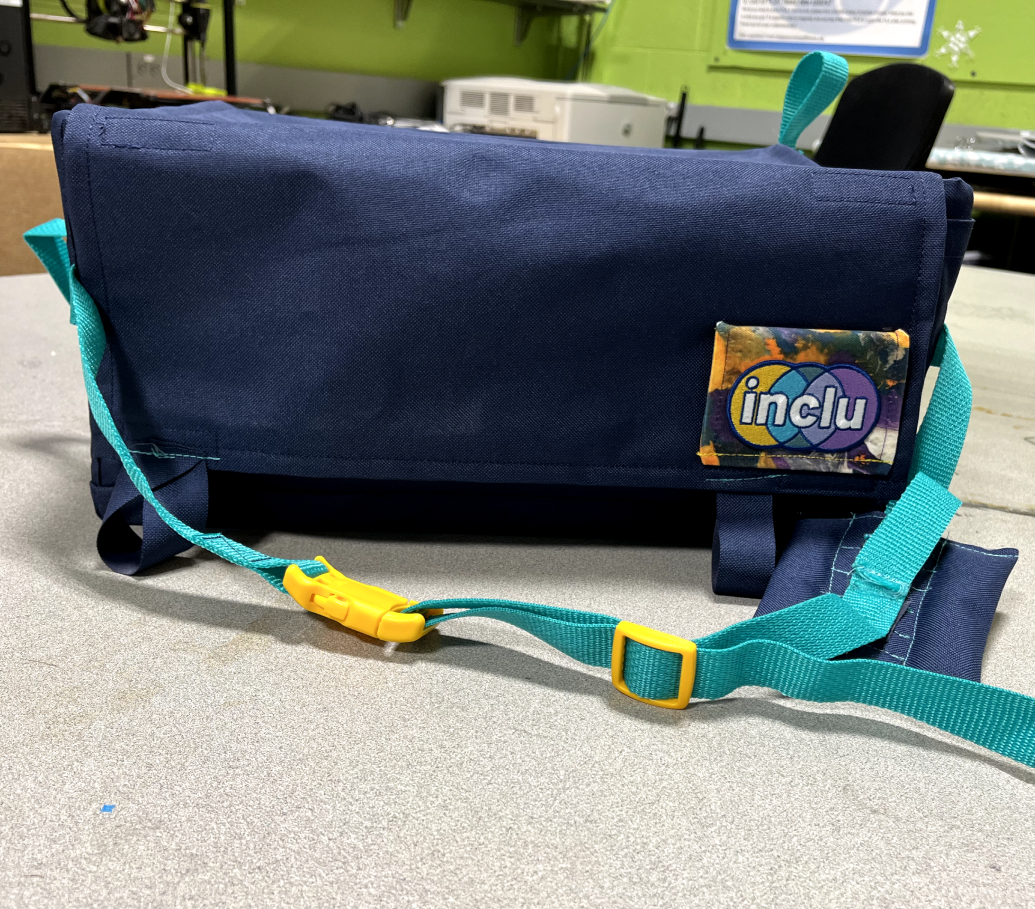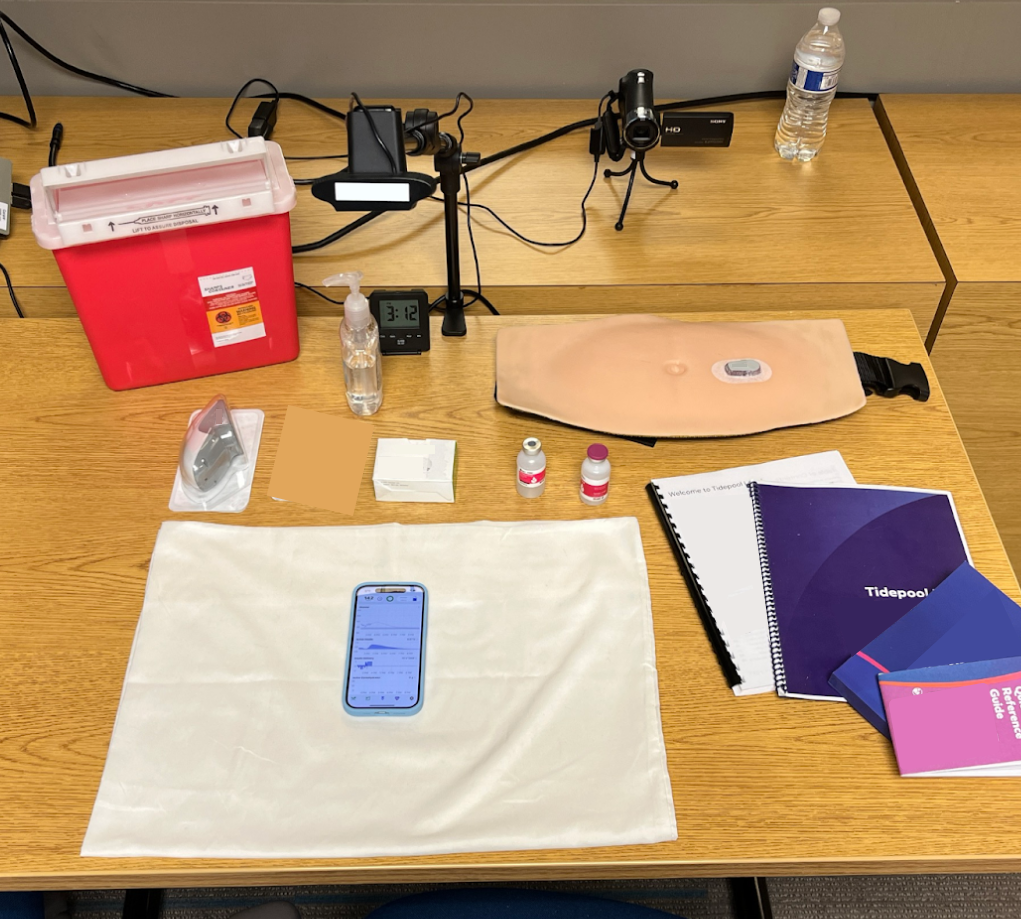Improved Reacher-Grabber Research and Design
Analyzed 40+ transcripts from interviews with wheelchair users, and identified the need for an improved reacher-grabber product. Conducted competitor usability testing with 5+ products and in-home interviews with four wheelchair users. Identified personas and prototyped an improved reacher-grabber.

Impact
Created a business opportunity for Includesign to develop and sell this product to their current customer base
Identified a market need for an improved assistive grabbing device for wheelchair users who live semi-independently
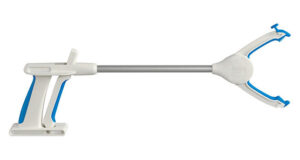
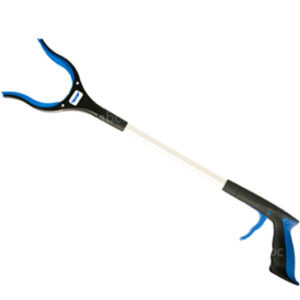
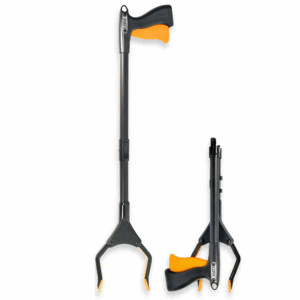
Interviewees reported finding reachers inconvenient, “not sexy,” and embarrassing to use in public. They reported using them extensively inside of the home for daily tasks. Some people have multiple types of grabbers and use them very regularly, while others only use a grabber infrequently or only for specific tasks.
Guiding research questions:
1. In what situations do wheelchair users use a grabber, if they use one at all?
2. Do grabbers benefit wheelchair users, and why/how?
3. Which factors are most relevant to whether or not someone benefits from using a grabber (e.g. cost, size, grip strength required)?
Insights
I found two types of users who had very different experiences with grabbers. By creating empathy maps drawing on direct quotes and observations from my interviews, I was able to understand their lived experiences and visualize their beliefs, actions, and attitudes.

![Empathy map with the title "grabber as tool for hobbies and emergency stopgap tool." It has an icon of a woman in the middle, and four quadrants, labeled "says," "thinks," "does," and "feels." In each quadrant it has digital sticky notes with direct quotes or observations from interviews. There is text next to each quadrant summarizing the stickies inside. The following are the summaries. Says: "Maybe I could do more tasks [why am I supposed to want to do more tasks?]" Does: "There are a few things I always do independently, and my caretaker does everything else. Thinks: "There are fun and fulfilling things I would like to be able to do if they were a little easier for me." Feels: "I'm frustrated when I'm alone and I can't do something essential."](https://caroline-david.com/wp-content/uploads/2025/06/Empathy-map-2-768x672.png)
Prototyping Process
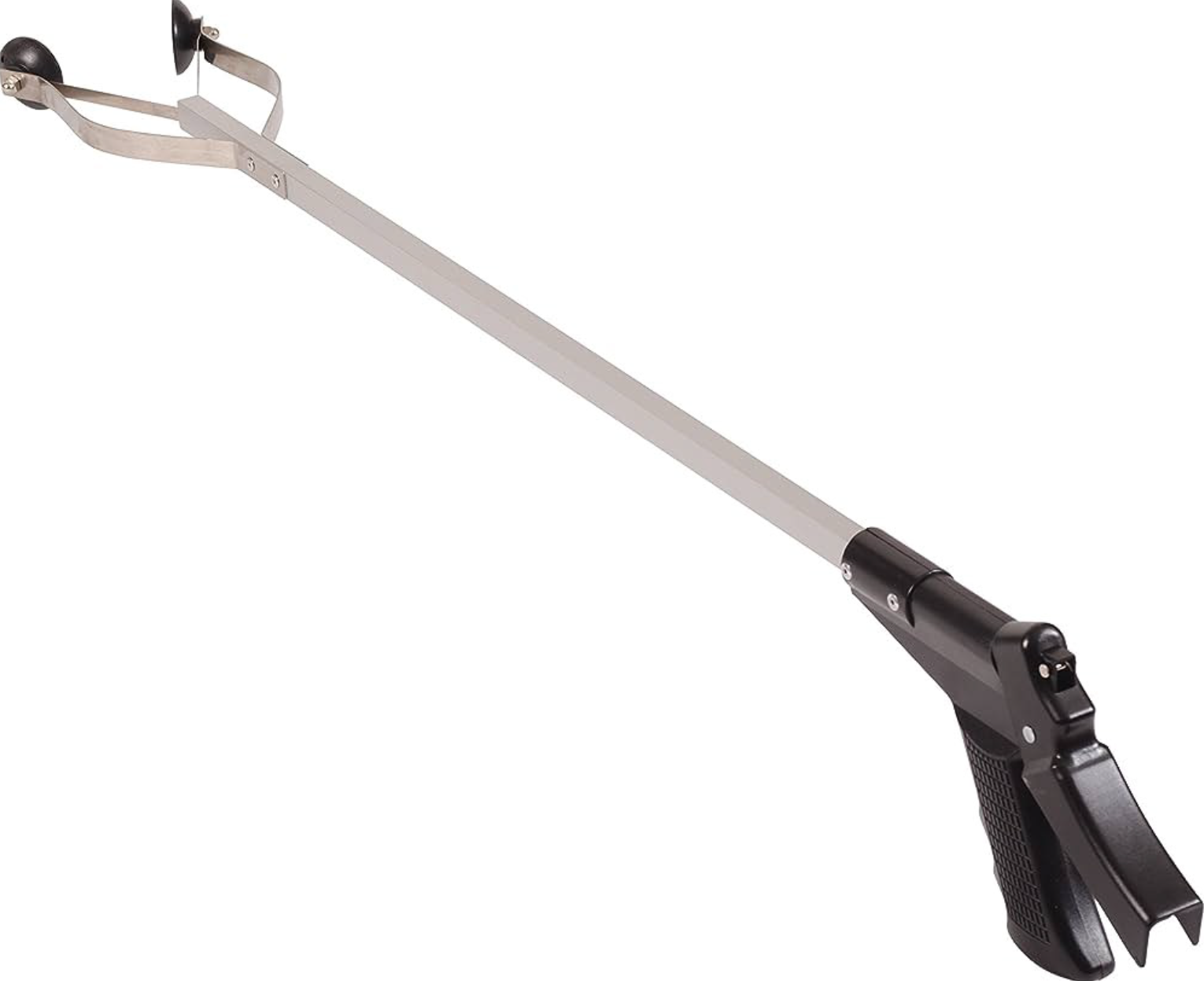
During competitor usability testing, participants found it especially easy to use the Luxet suction cup grabber for small items as well as big items with flat, smooth sides. In addition, the highly durable metal grabbing mechanism gave the users more control.

Must/should/may product design brainstorm
An improved reacher-grabber must be able to grab items, extend in length, and carry weighted objects

Product inspiration brainstorming, making a venn diagram of everyday items with the “must-have” features for design inspiration.

Aggregating the important features from the ideation phase, and including individual insights from interviews and usability testing.
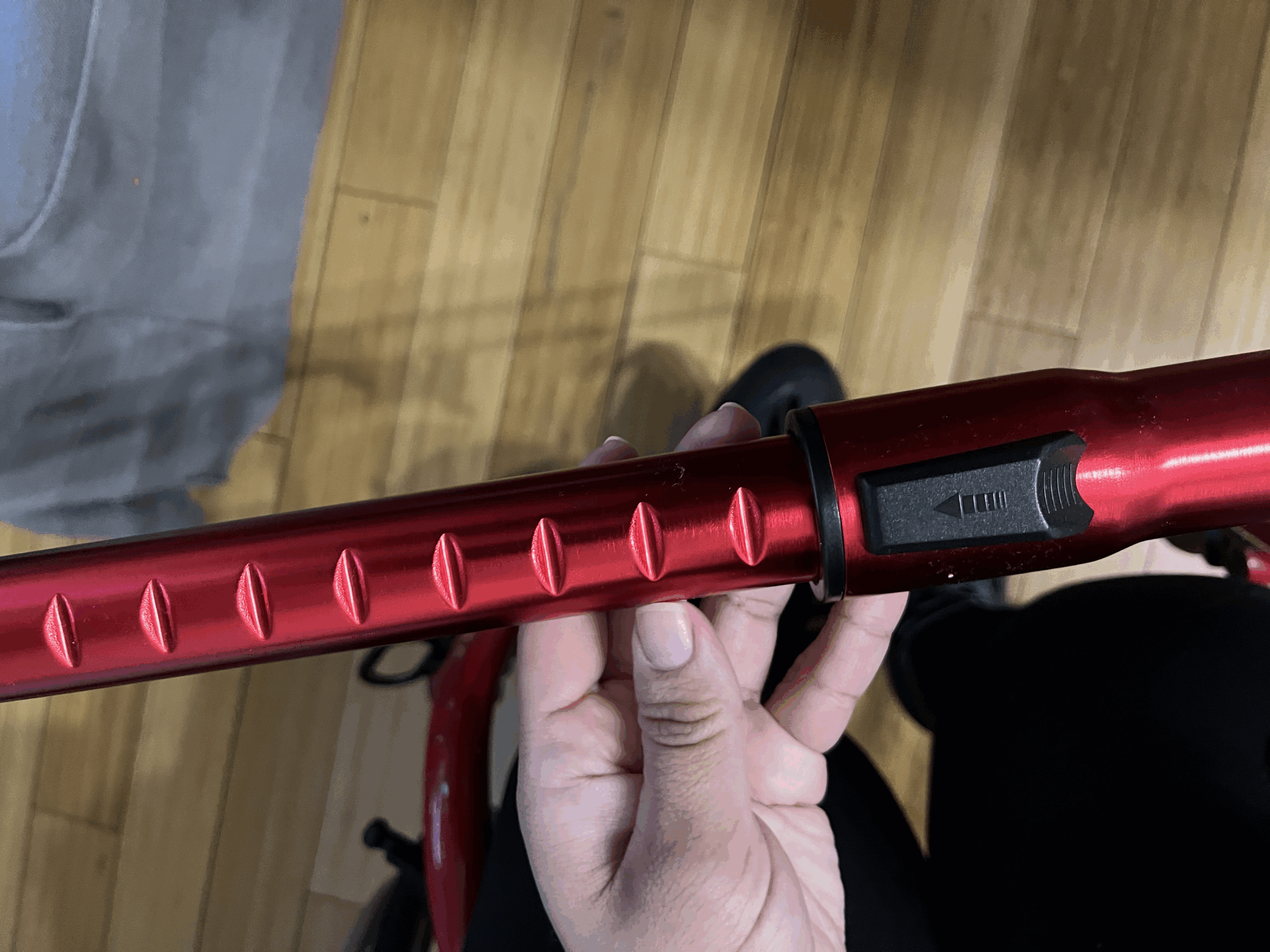
Participatory design
The prototype was created iteratively over the course of a month, emailing with research participants to solicit regular feedback.
Changes that the interviewees recommended included widening the handle grip and adding a finger loop to make the retraction of the grabber easier.

